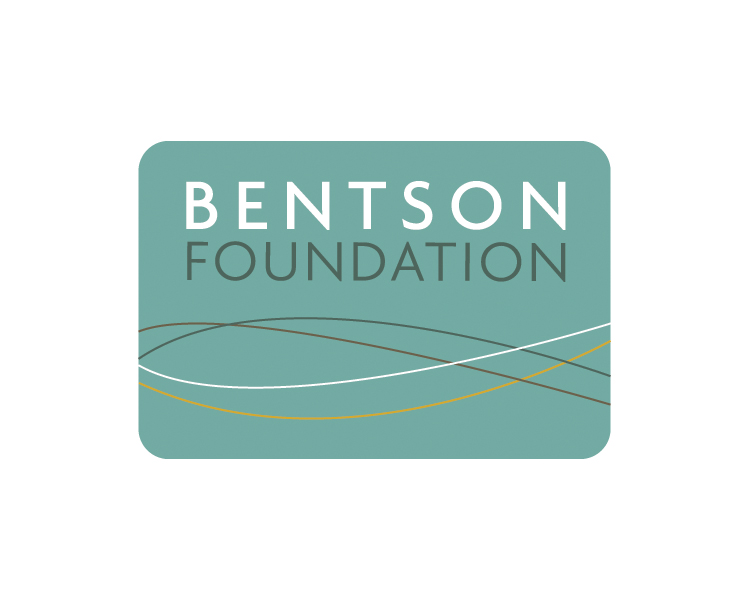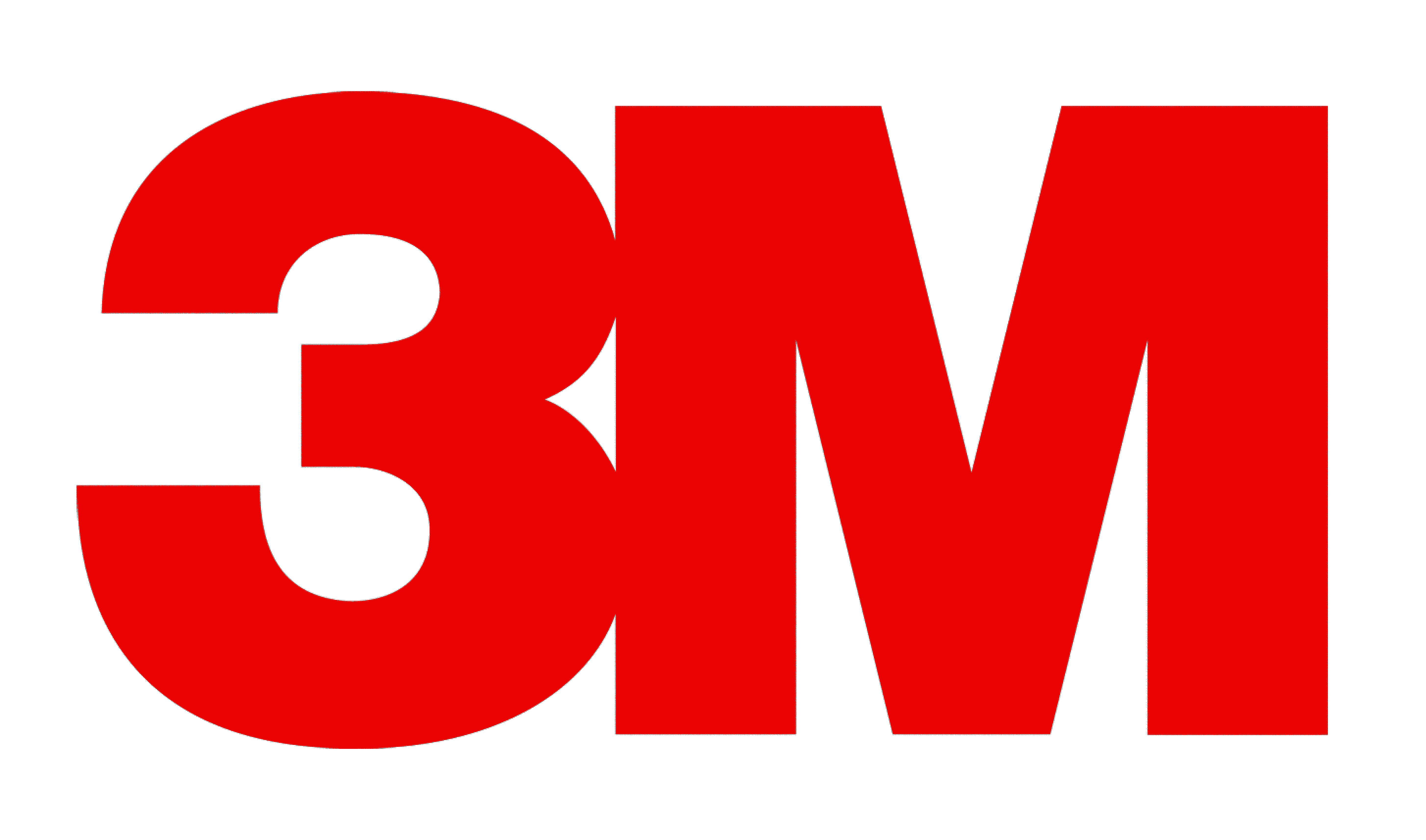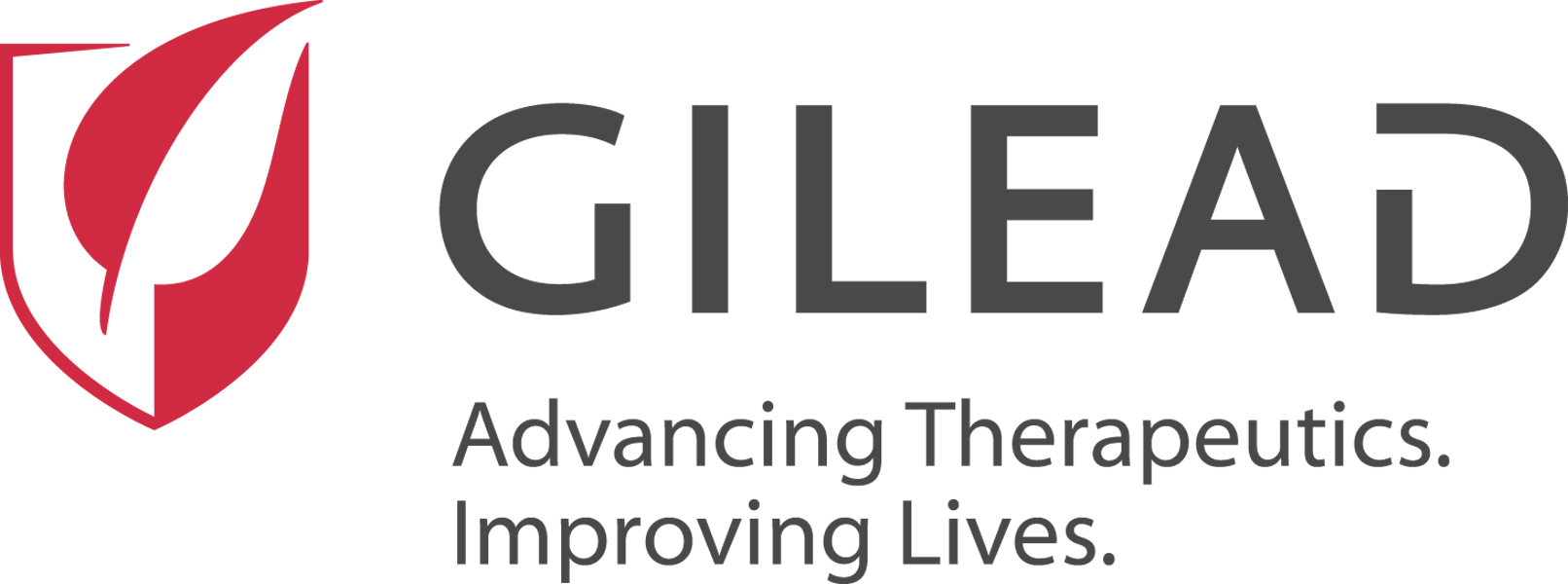Note: The views expressed in this commentary reflect the opinions of the authors and do not necessarily represent the policies or official positions of their organizations.
Since the COVID-19 pandemic began roughly a year ago, public health officials have recorded more than 2 million deaths and almost 100 million infections from the SARS-CoV-2 virus, with the actual number likely substantially higher. Healthcare systems have been overwhelmed with caring for those suffering serious consequences of infection, straining the capacity of even the most sophisticated hospitals around the globe. Healthcare workers have struggled with exhaustion, and many have died caring for the sick. Routine healthcare services have been disrupted, including disease prevention programs such as childhood immunizations, which will have consequences for the foreseeable future.
We have also witnessed an unprecedented decrease in global travel and severe disruption of the global economy, including job and wage losses, contraction in global trade, reduced labor supplies, reduced consumer spending, and a decline in consumer confidence.1 Social and economic recovery from the pandemic will likely take years and will require concerted efforts by governments—including increased government spending—throughout the world. Despite this grim picture, we can now see the light at the end of this long, dark tunnel. While social mitigation measures are critical to an overall disease control strategy, our primary way forward lies in the availability of safe and effective vaccines against this novel coronavirus.
While the COVID-19 pandemic took the world by surprise, the situation with influenza is very different. We have been through this before—100 years ago, with the great influenza pandemic of 1918 to 1920. We know what an influenza pandemic can do and we know it will happen again—we just don’t know when. It could be next month or it could be 20 years from now; however, one thing is certain: We need to be prepared. We cannot let the experience of COVID-19 pass without acknowledging the critical importance of influenza pandemic preparedness for global health and economic security. In addition to the need for improved influenza pandemic preparedness, we also must address the fact that global deaths from seasonal influenza are as high as 650,000 per year, with a disproportionate number occurring in low- and middle-income countries (LMICs).2
Improving our capabilities to reduce the burden of seasonal influenza and to respond rapidly to the next pandemic requires influenza vaccines that are more affordable in LMICs and more effective and durable than current strain-specific, single-season influenza vaccines. We also need vaccines that offer broad protection, so they will be effective against novel pandemic strains that emerge in the future. The development of a durable, universal influenza vaccine would be an enormous scientific achievement, on the level of the advances in global health or science recognized by the Lasker Award or the Nobel Prize. Only one Nobel Prize has been awarded for a vaccine—for development of a yellow fever vaccine in 1951.3 The Lasker Award has been given only once for influenza—in 1947 for the development of the egg-based vaccine against influenza A and B viruses.4 There is an urgent need for game-changing advancements in influenza vaccine development that equal these past achievements.
In 2019, after more than a decade of research on universal influenza vaccine development, a critical review by the Sabin-Aspen Vaccine Science and Policy Group concluded that fragmentation and a lack of goal-oriented coordination were powerful forces constraining progress toward achieving this end.5 Overcoming these forces requires mission-driven collaboration through innovative approaches on a scale commensurate with the scope of the problem, including addressing the unresolved scientific challenges and the high costs of basic and translational research. Toward this end, we have developed the Influenza Vaccines Research and Development (R&D) Roadmap (IVR) (see related CIDRAP News story). The concept for creating a global influenza vaccines R&D roadmap came from the Global Funders Consortium for Universal Influenza Vaccine Development, which was initially convened in 2017.6 With a 10-year vision, the purpose of the IVR is to provide a framework for prioritizing R&D activities to benefit all countries and to: (1) improve the effectiveness and production of strain-specific seasonal influenza vaccines and (2) advance the development, licensure, and manufacture of durable, broadly protective or universal influenza vaccines. By highlighting key research barriers and gaps, identifying strategic goals and setting milestones, and encouraging synergistic and innovative R&D activities, the roadmap will guide advancement in the complex field of influenza vaccines R&D and stimulate overall investment in influenza vaccine development and use.
Central to the IVR effort is the engagement of a wide range of stakeholders across scientific disciplines, public and private sectors, and international communities. To address this, we created an IVR taskforce of 17 senior scientists with expertise in influenza virology, vaccinology, immunology, industry, and public health. These experts have shared their perspectives and insights during many meetings and through multiple reviews of draft documents. We also held a series of four online consultation sessions on the IVR in fall 2020 with invited subject matter experts from around the globe, representing various disciplines and sectors, including industry. We are now requesting broader global input on the IVR through a public comment period, which begins today and will continue into February. We anticipate receiving constructive feedback on the IVR that will inform creation of a version ready for public launch in June 2021.
Even with broad stakeholder engagement, however, the success of the IVR will ultimately depend on a singular-mission focus and adequate financial support. Achieving the priority goals and milestones identified in the IVR will likely require expansion of public-private partnerships, including increased investment by industry and greater funding from government agencies and philanthropic organizations. Academic scientists require external funding to advance basic research, and industry partners need creative mechanisms (such as push/pull incentives and non-dilutive funding) to share the financial risk of bringing new vaccines to market. The recent development of COVID-19 vaccines is an impressive scientific accomplishment—but carried out under extreme emergency conditions that required immense resources. A preparedness mindset—in advance of a pandemic—with mission-driven development of universal influenza vaccines could prevent the catastrophic consequences that we have endured during this past year. We hope the IVR can be a catalyst for generating the resources necessary to make improved seasonal influenza vaccines and broadly protective or universal influenza vaccines a reality before the next pandemic strikes.
References
- International Monetary Fund. World Economic Outlook Update, June 2020: A crisis like no other, an uncertain recovery. [Full text]
- Iuliano AD, Roguski KM, Chang HH, et al. Estimates of global seasonal influenza-associated respiratory mortality: a modelling study. Lancet 2018 Mar 31;391(10127):1285-300. [Full text]
- Norrby E. Yellow fever and Max Theiler: the only Nobel Prize for a virus vaccine. J Exp Med 2007 Nov 26;204(12):2779-84 [Full text]
- Albert and Mary Lasker Foundation. 1947 Lasker Awards. [Web page]
- Sabin-Aspen Vaccine Science & Policy Group. Accelerating the development of a universal influenza vaccine. Washington DC: The Aspen Institute and Sabin Vaccine Institute. Jul 25, 2019. [Full text]
- Bresee JS, McKinlay MA, Abramson J, et al. Global Funders Consortium for Universal Influenza Vaccine Development. (Commentary) Vaccine 2019 Jan 7;37(2):211-3 [Abstract]
Dr. Moore is medical director of CIDRAP and is the IVR project director. Ms. Ostrowsky and Dr. Kraigsley are research associates at CIDRAP. Ms. Mehr is a research project specialist at CIDRAP. Dr. Osterholm is director of CIDRAP, University of Minnesota Regents Professor, and McKnight Presidential Endowed Chair in Public Health. Dr. Bresee is the director of the Partnership for Influenza Vaccine Introduction and the director of the Global Funders Consortium for Universal Influenza Vaccine Development, Task Force for Global Health. Dr. Friede is coordinator, Initiative for Vaccine Research, World Health Organization (WHO). Dr. Gellin is president of Global Immunization at the Sabin Vaccine Institute. Dr. Golding is the epidemics research lead and Dr. Hart is a vaccines and epidemics research advisor at the Wellcome Trust. Ms. Moen is chief, Influenza Preparedness and Response, WHO. Ms. White is the portfolio and platform lead for Pneumonia, Global Health Program, Bill & Melinda Gates Foundation.
IVR Steering Group: Joseph Bresee, MD; Martin Friede, PhD; Bruce Gellin, MD, MPH; Josie Golding, PhD; Peter Hart, PhD; Ann Moen, MPA; and Janet White, MBA



















